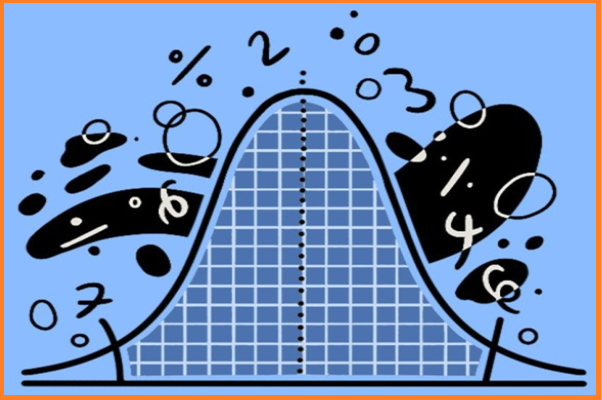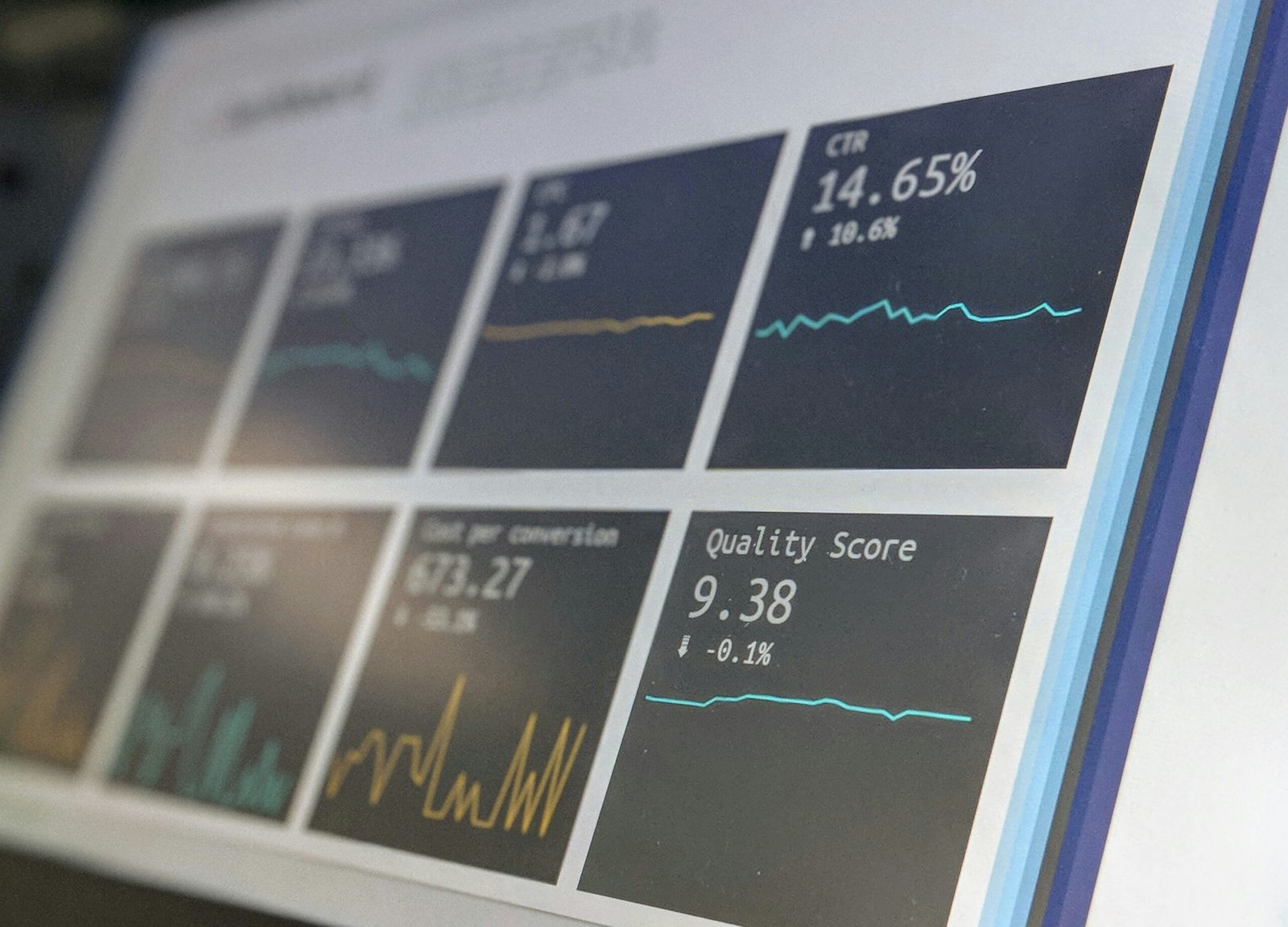Contents
Understanding Confidence Intervals and Levels
In statistical inference, confidence intervals (CI) play a pivotal role in estimating population parameters based on sample data. A confidence interval is essentially a range of values, derived from the sample, that is likely to contain the true value of the population parameter. This range offers a degree of certainty about where the parameter lies, thereby balancing the inherent uncertainty present in any statistical analysis.
The concept of confidence levels is integral to understanding confidence intervals. The confidence level indicates the proportion of times that the confidence interval would contain the true population parameter if the same experiment were repeated multiple times under identical conditions. Common confidence levels include 90%, 95%, and 99%, with 95% being the most widely used. For instance, a 95% confidence level suggests that if we repeated our sampling process 100 times, approximately 95 of those intervals would be expected to capture the true parameter value.
Confidence intervals can be either two-sided or one-sided, depending on the nature of the statistical inference. A two-sided confidence interval provides an estimated range that considers both lower and upper bounds, reflecting the uncertainty in both directions. This type of interval is valuable when the exact position of the parameter is unknown and can lie anywhere within the range. On the other hand, a one-sided confidence bound either provides an upper bound or a lower bound for the parameter. This is particularly useful in scenarios where we are only interested in establishing a maximum or minimum value, such as in quality control processes where we might want to ensure that a defect rate does not exceed a certain threshold.
Through the careful application of confidence intervals and levels, statisticians can make informed inferences about population parameters. Understanding these concepts is crucial for interpreting statistical results accurately and for making reliable decisions based on data analysis.
The Tradeoff Between Confidence Level and Precision
In statistical inference, there exists a fundamental tradeoff between the confidence level and the precision of confidence intervals. This inverse relationship means that as one parameter increases, the other typically decreases. Understanding this balance is crucial for accurate data interpretation and effective decision-making.
When discussing confidence levels, we refer to the proportion of times that the confidence interval would contain the population mean if we were to repeat the experiment multiple times. For example, a 90% confidence level means that in 90 out of 100 repeated trials, the calculated interval would encapsulate the true population mean. As we increase this confidence level to 95%, we gain more assurance that our interval includes the population mean. However, this increased confidence comes with the cost of a wider interval.
A wider confidence interval indicates reduced precision. Precision in this context refers to the narrowness of the interval; narrower intervals suggest more specific estimates of the population mean. For instance, if a 90% confidence interval for a mean is [45, 55], increasing the confidence level to 95% might expand the interval to [40, 60]. While the latter interval gives us more confidence in containing the population mean, the estimate is less precise, encompassing a broader range of values.
This tradeoff has significant implications in statistical analysis. In scientific research, a higher confidence level might be prioritized to ensure robust and reliable findings, even if it means sacrificing some precision. In contrast, fields like quality control and engineering might favor precision to make more specific and actionable decisions based on the data.
Visual aids, such as graphs and diagrams, can effectively illustrate this tradeoff. For example, plotting different confidence intervals at various confidence levels for the same dataset can visually demonstrate how intervals widen as confidence increases. Such illustrations aid in comprehending the balance between confidence and precision, reinforcing the importance of selecting appropriate levels based on the specific context and goals of the analysis.
Methods to Improve Precision of Confidence Intervals
In the realm of statistical inference, balancing confidence and precision is crucial for drawing reliable conclusions from data. One key strategy to enhance the precision of confidence intervals is increasing the sample size. By collecting more data, the margin of error is reduced, leading to a narrower confidence interval. For example, in clinical trials, expanding the participant pool can provide more precise estimates of treatment effects.
Another effective method is reducing variability in the data. Lower variability enhances the precision of estimates, making the confidence intervals tighter. This can be achieved through better data collection techniques, refining measurement instruments, or controlling extraneous variables. For instance, in quality control processes, minimizing variations in production can result in more consistent product quality, reflected in narrower confidence intervals for defect rates.
Utilizing a one-sided confidence interval is another approach to achieve more precise bounds. Unlike two-sided intervals that provide an estimate range on both ends, one-sided intervals focus on a single bound, either upper or lower. This method is particularly useful when the direction of interest is clear, such as setting a minimum performance standard in product testing. While it offers greater precision, it should be employed judiciously, as it assumes the direction of effect.
Lowering the confidence level is also a viable option for obtaining narrower intervals. While this method increases the risk of the interval not containing the true parameter, it provides tighter bounds. For example, reducing the confidence level from 95% to 90% can be appropriate when a higher precision is more critical than the confidence level, such as in preliminary research where exploratory findings guide further studies.
Each of these methods—whether increasing sample size, reducing data variability, using one-sided intervals, or lowering confidence levels—offers practical solutions to enhancing the precision of confidence intervals. By carefully selecting and applying these strategies based on context, researchers can achieve a more balanced approach to statistical inference.
Practical Applications and Considerations
In the realm of statistical inference, the practical application of balancing confidence and precision is paramount. One of the critical steps in this process is determining the appropriate sample size. Selecting a sample size that is too small can result in high variability and reduced confidence in the results, while an excessively large sample may be inefficient and resource-intensive. Therefore, statisticians must strike a balance by using power analysis to estimate the necessary sample size based on the desired confidence level, population variance, and the effect size.
Reducing data variability is another essential consideration. Techniques such as stratified sampling, where the population is divided into distinct subgroups, and randomization can help mitigate variability and improve the precision of estimates. Additionally, controlling for confounding variables through regression analysis or other statistical controls can enhance the accuracy of the results.
When deciding whether to use one-sided or two-sided confidence intervals, the context of the analysis is crucial. One-sided intervals are particularly useful in scenarios where the research question is directional, such as testing whether a new drug is more effective than an existing treatment. However, two-sided intervals are generally preferred for exploratory studies to account for the possibility of effects in either direction.
Choosing the appropriate confidence level is a delicate balance between precision and risk. In high-stakes fields like healthcare and finance, a higher confidence level (e.g., 99%) may be warranted due to the severe consequences of potential errors. Conversely, in exploratory research within the social sciences, a lower confidence level (e.g., 90%) might be acceptable to allow for broader experimentation and discovery.
To illustrate, consider a healthcare study aiming to evaluate the efficacy of a new medication. Researchers must carefully determine the sample size to ensure sufficient power to detect meaningful effects while minimizing patient risk. In finance, analysts might use one-sided confidence intervals to predict market trends, ensuring they are prepared for worst-case scenarios. In social sciences, researchers might employ stratified sampling to understand diverse population segments better, thereby enhancing the precision of their inferences.
Ultimately, the practical application of balancing confidence and precision in statistical inference involves careful consideration of sample size, data variability, confidence intervals, and confidence levels, tailored to the specific context and potential implications of the analysis.



